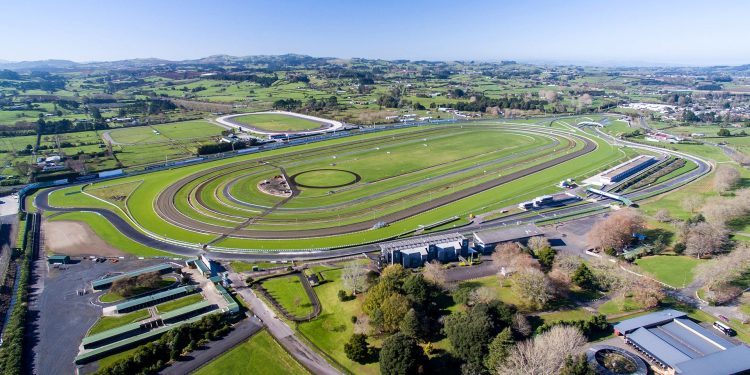Pacenotes – Goodbye old friend
Words: Rob Scott
With the Pukekohe race circuit winding down to its unfortunate end, we’re enjoying a slew of ‘last’ events. The last V8 Supercars, the final B&H 500, and doubtless the last-ever battered hotdog. I’m thinking I may have this tasty morsel framed and mounted but suspect it may not survive the drive home.
The track has indeed provided some memorable moments – Greg Murphy’s utter domination of his Aussie rivals; Paul Fahey’s flying farewell, and watching Huub Rothengatter send Steve Millen’s Ralt cartwheeling into the dust.
As a kid, I used to be glued to the slipstreaming duels down the back straight, watching in awe as the Mini 7s would offer up half a dozen lead changes every lap. And thrill at the handicap races, where stars like Rodger Freeth would try to claw back impossible odds before the chequered flag dropped.
But in all my years of motorsport, I never raced at Pukekohe. Sure, I rallied there a few times, but it was generally anti-clockwise, on gravel tyres, and you didn’t have to worry about outbraking any rivals into the hairpin.
So – what was it really like competing at ‘Puke’ in its heyday?
Former single seater maestro Graeme Lawrence always preferred Manfeild autocourse but still rates Pukekohe as something unique.
“I first competed there in Dad’s Lola back in 1963 – the same day a couple of marshals were killed on the back straight. I raced there often in the Formula 5000 days; you couldn’t get over the top of Rothmans (at the start of the main straight) flat, but pretty close to it. The consensus was nobody could take Turn One flat either, until someone inadvertently left a screwdriver in Kenny Smith’s car during practice. The jammed pedal meant he couldn’t lift off and after that we all ended up doing it. Eventually we were carrying a higher top speed through Turn One than we were down the back straight.”
Graeme enjoyed some fabulous results at the circuit but it was the ‘what if’ occasions that really stick in his mind.
“For the 1976 NZ Grand Prix, I was in the top three all through qualifying, and finally snared pole with five minutes to go. I got a good start and led all the way until I broke a rocker. Max Stewart took over the lead then punctured, letting Kenny through to his first Grand Prix win.”
Curiously, Graeme has no recollection of his most memorable moment at the track.
“In 1972 I was running the T300 Lola and qualified fourth. Unfortunately I overdid it at the hairpin on the first lap, so had to work my way back up through the slower cars.”
The next information was supplied to Graeme by eyewitnesses, including Kenny, David Oxton and Aussie driver Kevin Bartlett.
“I was coming up behind John McCormack’s Elfin when Bryan Faloon tried to slip in behind him for a tow. Brian was blowing a bit of smoke so probably didn’t see me, and there were no blue (overtaking) flags being shown.”
Graeme’s car was sent spinning through mid-air along the length of a train parked adjacent to the back straight. Faloon’s car skittled a row of lamp-posts (long since removed) and finished resting against the base of a tower.
“I was lucky,” explained Lawrence. Two marshals with two extinguishers each were promptly on the scene, and they doused the shattered tub of his burning Lola. He sustained serious injuries to both arms and legs and still carries a limp to this day.
Faloon was less fortunate – it is likely the Lola clipped his helmet as it spun over the top and he was killed instantly.
People often quote Bruce McLaren’s comments after the death of Timmy Mayer, but Bryan Faloon’s epitaph echoes a similar era of racing:
“Some people are so afraid of losing that they never enter the race. Just because no one can guarantee their winning they deny themselves the fun of trying. The race isn’t always to the swift, nor the battle to the strong. Often victory goes to the adventurous and persistent.”
Pukekohe race track and its heroes – never to be forgotten.





